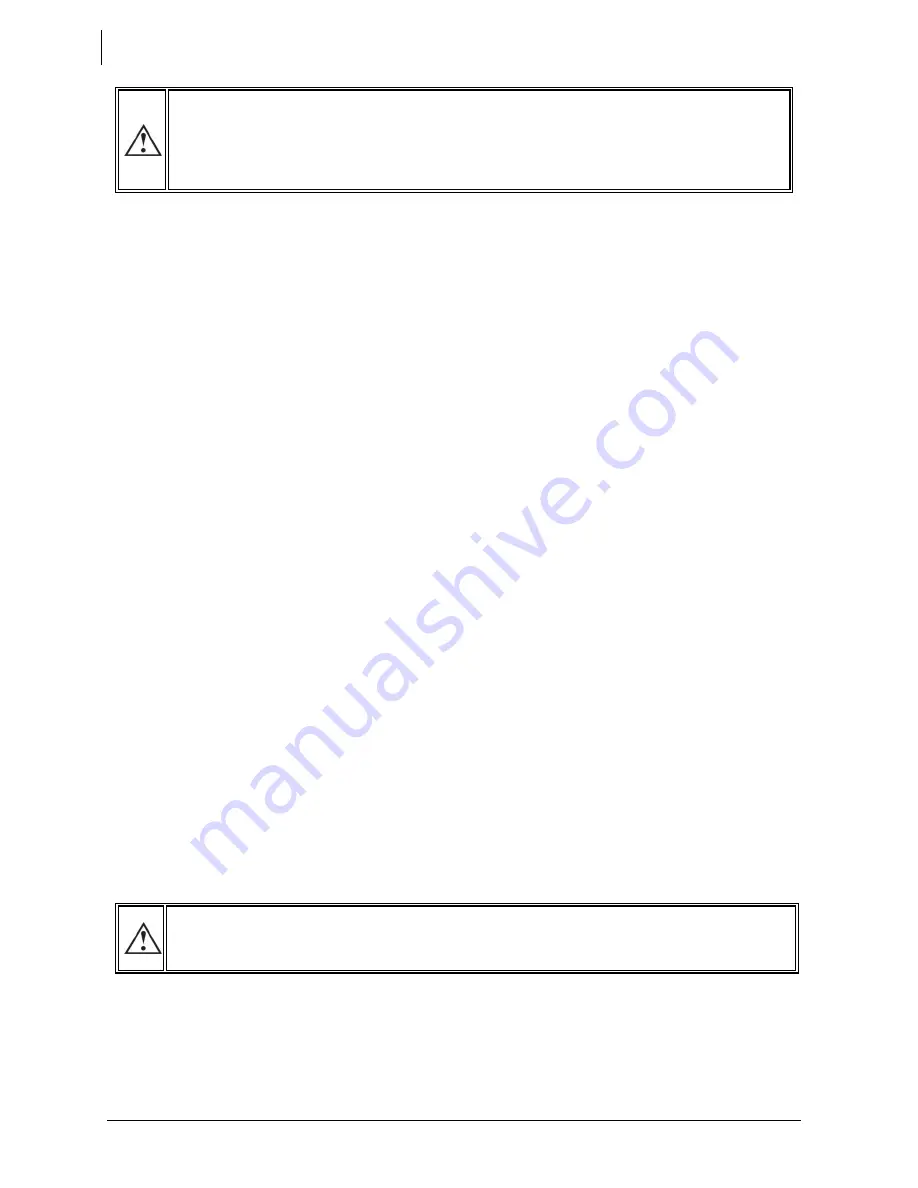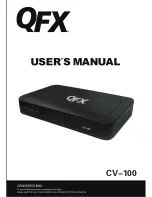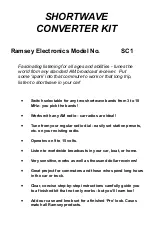
Studer Innotec SA
Xtender
User manual
V4.6.0
30
7.3.2
Battery charger current setting
The maximum charging current can be adjusted by the knob (16) on the XTS or via remote control
RCC-02/03 on the other models or on the XTS with the module TCM-01. The parameter {1138} is part
of the basic parameters of the device and must be adjusted at commissioning (see chap. 5 - p. 24)
depending on battery capacity. It will be chosen in principle a value between 0.1 and 0.2 x the
nominal battery capacity C10. (I.e. 10A for a battery of 100 Ah/C10)
7.3.3
Battery protection
The battery is protected against deep discharge by stopping the inverter if the low voltage
disconnection level {1108} is reached. The indicator (52) flashes once when the battery has reached
the disconnection threshold and the inverter will stop shortly after {1190}. This threshold can be
dynamically corrected {1191} with an advanced algorithm that computes automatically the battery
voltage compensation in function of the instantaneous power. This correction may also be manually
fixed {1532} by setting the low voltage disconnection at full load {1109}. These dynamic corrections
can be deactivated by setting the parameter {1191}. The inverter will stop immediately if a critically
voltage of 1.5V/cell is reached. The inverter will restart automatically when the battery voltage has
reached the restarting threshold {1110}.
This restarting threshold {1110} can be automatically readjusted if the parameter {1194} is activated,
in order to better protect the battery against repeated cycling in an "almost empty" state of charge.
The restarting threshold is then incremented {1298} up to a maximum value {1195} whenever the LVD
(low voltage disconnection) is reached. The restarting threshold will be reset to its initial value when
the value of parameter {1307} is reached.
If the inverter is repeatedly {1304} encountering a low voltage disconnection in a short period {1404}
it will stop permanently and will only start again via an operator’s manual restart.
7.4
X
TENDER PROTECTION
The Xtender is protected electronically against overloads, short-circuit, overheating and reverse
current (cabling of a voltage source on AC-Out).
7.4.1
Protection in case of overload
In the event of overload or short-circuit at the output, the inverter stops for some seconds {1533}
{1400}, and restarts. If the inverter is repeatedly encountering this situation {1300} in a short period, it
will stop permanently and will only start again via an operator’s manual control.
7.4.2
Protection against overvoltage
If the battery voltage exceeds the value set by the parameter {1121} the inverter stops and starts up
again when the voltage is less than {1110}. If the Xtender is repeatedly encountering this situation 3
times during one minute, it will stop permanently and will only start up again via an operator’s manual
control.
A battery voltage greater than 1.66x the nominal voltage may lead to significant damage
or destroy the device.
7.4.3
Protection against overheating
Insufficient ventilation, increased ambient temperature or obstructed ventilation may lead to
overheating of certain internal components of the unit. In this case, the device will automatically limit
its power output as long as this abnormal situation persists.
Parameters of the battery charger are under the responsibility of the operator. Incorrect
parameter that does not correspond to the charging methods of the battery
recommended by the manufacturer may be dangerous and/or considerably diminish the
battery service life. If the factory settings are modified, it is imperative that the new values
be entered in the parameter table p. 47.
















































